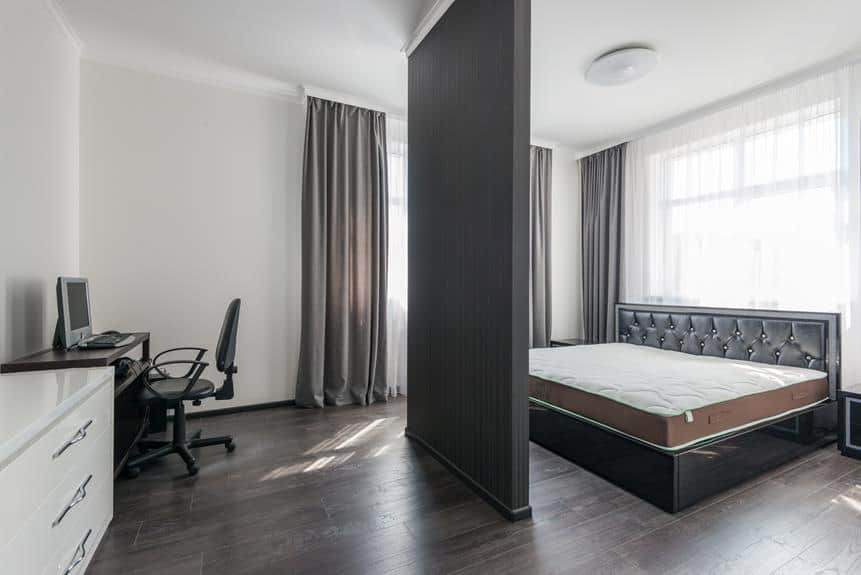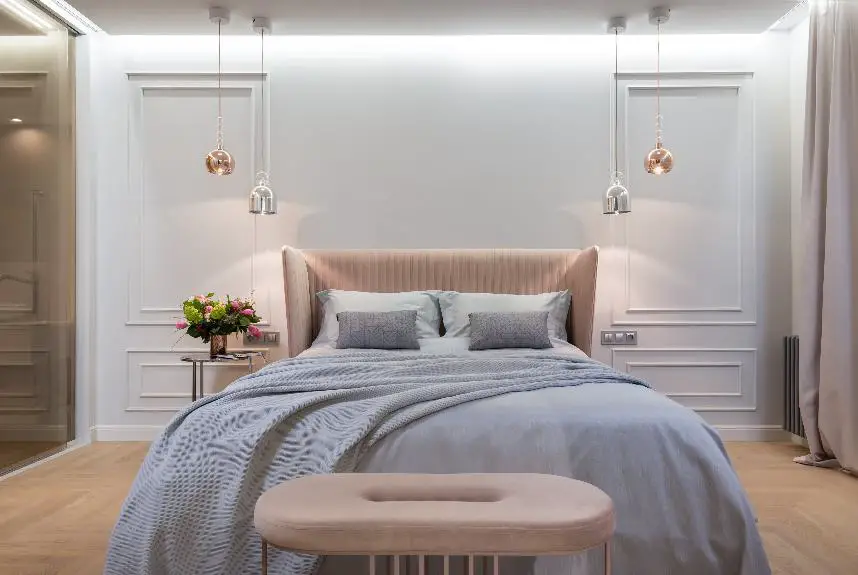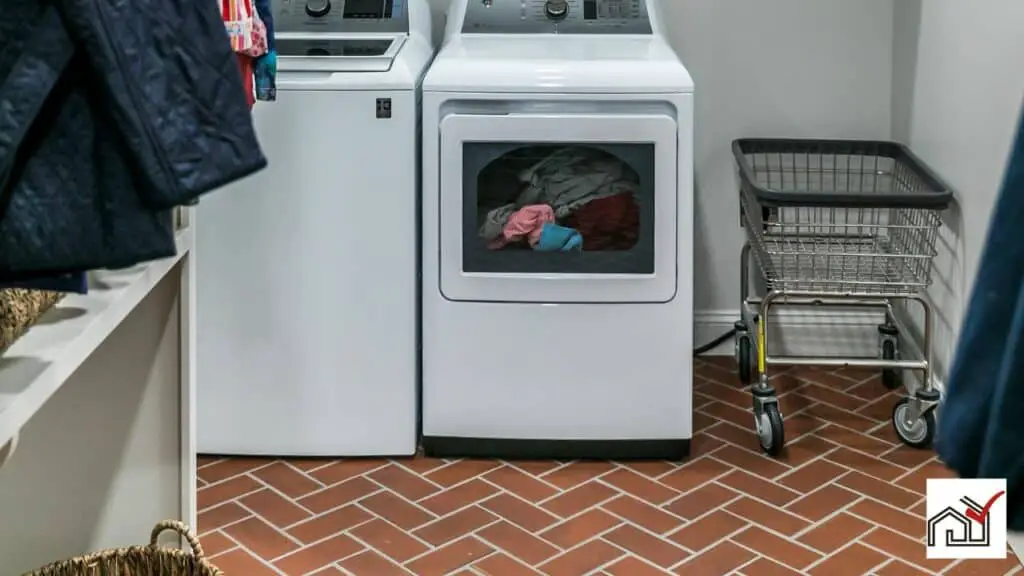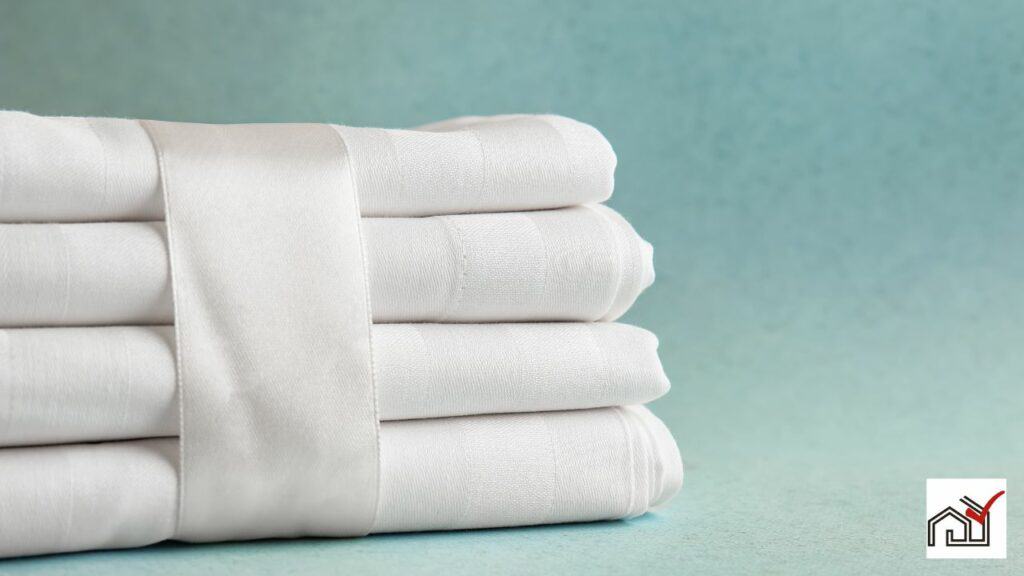Sleep Number beds are designed to be used with a specific base for stability. It's important to know whether placing a Sleep Number bed on the floor is appropriate.
This requires considering several factors such as the bed's design, the advantages and disadvantages of floor placement, warranty terms, risks of mold and moisture, effects on sleep quality, and the cleaning and maintenance needed.
Evaluating the potential impact on the bed's durability and looking at other base options are also necessary. Owners should analyze these aspects to decide how to set up their Sleep Number bed correctly.
Assessing Sleep Number Design
Sleep Number beds need to be raised off the ground to work properly and last longer. They have air chambers that let users adjust firmness. Putting the bed on the floor can block airflow and stop it from working right.
These beds also help keep the spine aligned by fitting to the user's body, which can prevent back pain and improve sleep. The beds can come with adjustable bases to raise the head or feet, which may help with snoring and blood flow.
Keeping the bed off the floor also prevents moisture and mold, which can harm the bed and health. A solid base is important to avoid these issues and keep the warranty valid.
In short, Sleep Number Beds perform best on a proper foundation like a platform bed or slats to maintain their features and support good sleep.
Analyzing Floor Placement Benefits
Placing a Sleep Number bed on the floor can save money and fit a minimalist style, potentially making small rooms seem larger. The solid foundation of the floor can offer the even and firm support necessary for the bed's adjustable features to function properly.
However, it is important to check the Sleep Number warranty and manufacturer's guidelines before placing the bed on the floor. The warranty may have specific requirements for support and airflow to ensure the bed's longevity and warranty validity. Customers should carefully review the warranty and instructions to make an informed decision about floor placement.
Understanding Warranty Implications
Placing a Sleep Number bed directly on the floor can void the warranty. These beds require a solid foundation for support and airflow. Without it, mold may grow due to poor airflow, and the warranty often does not cover this. The warranty specifies the need for a proper base, such as a platform bed or slats, to ensure the air chambers work correctly. Before changing bed setup, owners should review their warranty details, as improper use can lead to a denied warranty claim.
Sleep Number also recommends using a bunkie board with slats for added support. Not following these guidelines can affect mattress performance and may void the warranty. For mattress longevity and warranty protection, it is important to use the recommended base instead of placing the mattress on the floor. Lack of proper support can also cause body aches and poor sleep quality.
Addressing Mold and Moisture Risks
Placing a Sleep Number bed on the floor can lead to mold and moisture because of poor airflow underneath. This can cause mold and mildew to grow, which may damage the mattress and harm those with allergies.
To reduce these risks, keep underneath the bed clean and dry. Clean the mattress regularly to stop mold spores from growing. For better airflow and drying, occasionally stand the mattress against a wall. Sunlight can also prevent mold, as UV rays naturally disinfect.
Proper airflow and cleanliness will help keep your Sleep Number bed in good condition and reduce mold and moisture issues.
Evaluating Sleep Quality Factors
Sleep quality can be affected by the surface on which a Sleep Number bed is placed. If the bed is on the floor, it may not provide proper support and alignment. The Sleep Number bed is designed to adjust to different sleeping positions and needs a stable base, which the floor does not offer, to function correctly.
Memory Foam Mattresses work best with a suitable foundation to distribute weight and reduce pressure points. Regular mattresses need elevation for durability and comfort. A Sleep Number bed, sharing similarities with these mattresses, should not be placed on the floor as it could lead to discomfort and spinal misalignment.
Using a Sleep Number bed on the floor may void the warranty, leaving the owner without protection against potential issues from improper use. To maintain the bed and achieve the best sleep quality, it is recommended to follow the manufacturer's setup and usage guidelines.
Considering Cleaning and Maintenance
When placing a Sleep Number bed on the floor, it's important to consider that being closer to the ground can lead to more dirt and pests. The floor can have bacteria, dust, and hair that may affect the bed's cleanliness. Increased cleaning efforts are necessary, including regular vacuuming under and around the bed, and keeping the floor clean and dry to prevent allergens and maintain hygiene.
Moisture is a concern since it can cause mold growth in the mattress. To prevent this, air out the mattress by propping it up against a wall occasionally and expose it to sunlight if possible.
Using the bed without a proper foundation, as Sleep Number recommends, may lead to body aches from insufficient support and could void the warranty. This would leave the owner without help for issues like mold. Therefore, it's important to consider these factors before placing the bed directly on the floor.
Exploring Bed Lifespan on Floors
Placing a Sleep Number bed directly on the floor can reduce its lifespan. Lack of airflow beneath the mattress can lead to moisture buildup and mold growth, which can damage the mattress and pose health risks. Without a bed frame or box spring, the mattress may wear unevenly and sag, compromising the adjustable features of the Sleep Number bed.
Using a box spring or a platform base is recommended to extend the life of the mattress. These foundations prevent moisture from the floor and ensure proper ventilation. They also support the mattress evenly, which helps maintain its condition.
To maintain the quality and durability of a Sleep Number bed, using a suitable bed frame or box spring is advisable to protect against moisture, offer even support, and allow for air circulation.
Alternatives to Floor Placement
Platform beds and slatted frames are suitable alternatives for supporting Sleep Number beds and maintaining warranty compliance. Platform beds provide a stable, flat surface that is compatible with Sleep Number bed requirements, ensuring proper function and durability.
Slatted frames can also be used, but it's important that the slats are no more than 2-3 inches apart to prevent mattress sagging. A bunkie board can be added to slatted frames for more even weight distribution and shape retention.
The adjustable base sold by Sleep Number is another option that perfectly supports the mattress and offers additional features, such as adjusting the bed angle for comfort or health purposes. This base is designed to work with Sleep Number's technology for optimal use.
To prevent mold and ensure efficient temperature regulation, do not place the mattress in damp conditions. A proper base like a platform bed also helps to regulate temperature. Positioning the bed to receive sunlight can keep it dry and clean.
Always check warranty terms to ensure the chosen base complies.





